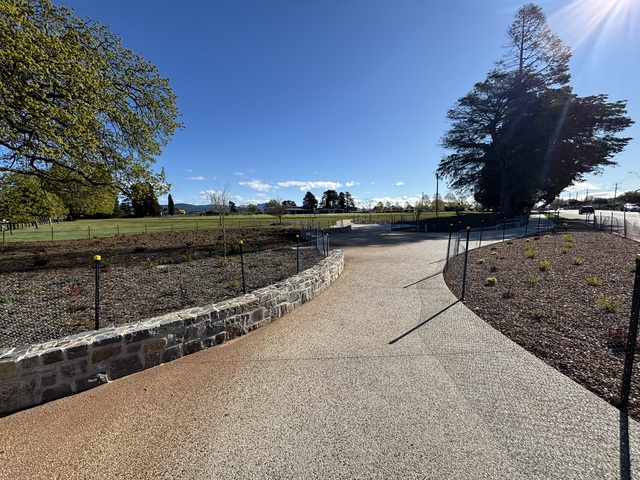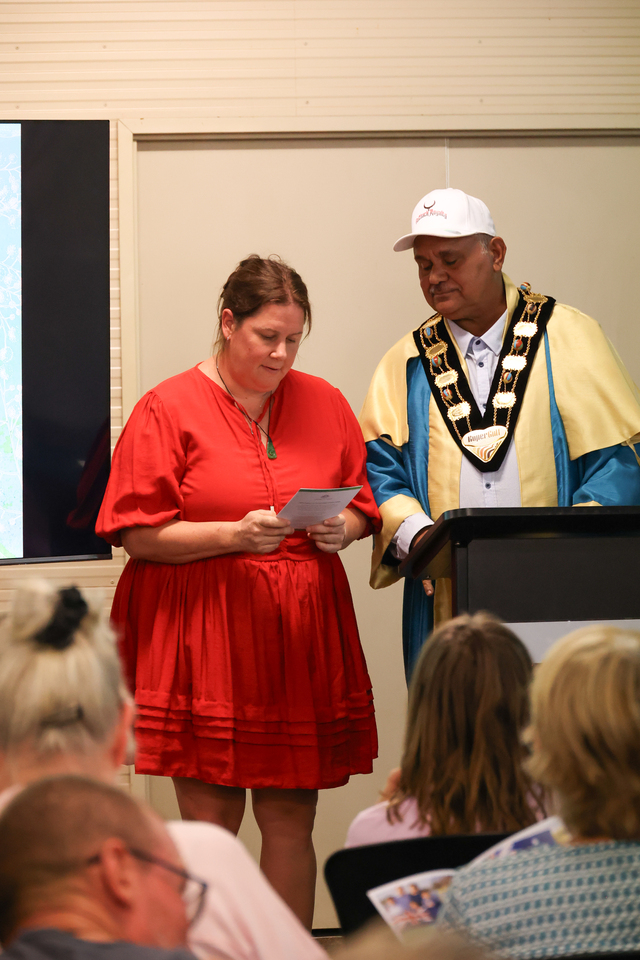In each edition we feature the views of a Local Government Association president. The following is from Mayor Barry Easther, President of the Local Government Association of Tasmania.
Planning reform in Tasmania is ‘in full swing’ with the development of three regional planning schemes, the preparation of which has been funded by the State Government, with the major outcome being the delivery of planning consistency across the State.
A memorandum of understanding was signed between the State and the three regions and specifies three project phases:
- preparation of a regional strategy
- preparation of a model planning scheme
- preparation of a planning scheme for each council.
It is anticipated that planning on a regional scale will allow each region to focus on their particular natural and competitive advantages, take account of emerging economic opportunities and better address the challenges of long term sustainable development.
The strong and shared vision of the councils within each region will allow for the setting of regional priorities and give greater certainty and confidence.
More holistic approaches, free of the constraints of administrative boundaries, will see greater regulatory consistency and hopefully reduce duplication of resources.
There are many benefits in planning regionally and importantly, these regional aspects will not come at the expense of local identity.
Local communities are best placed to determine how their communities will develop, to decide the future character of their settlements, the density of housing, priorities for the preservation of local heritage and many other aspects of planning.
Around 80 to 85 per cent of each of the resulting council planning schemes will be consistent, and for developers dealing across council boundaries this is something they have been looking forward to for many years.
A recent announcement by the Planning Minister, Bryan Green, advised of new Tasmanian planning laws to streamline approvals and cut red tape on residential developments.
He said that a new residential code would reduce compliance provisions and speed up approvals. In many cases people will no longer require planning approval, just be able to comply with boundary setbacks, height and build within a calculated building envelope.
Reform of planning in Tasmania has been a long drawn out process, with many different Planning Ministers, strong lobbying from business and industry and certainly a lot of hard work by Local Government planners across the State.
Tasmania’s Planning Minister has recently given a commitment that the new schemes will be signed off by Christmas this year. This will not only be a good outcome for the Minister but also for the industry!
There are many people, landowners, developers and investors looking forward to the implementation of the three regional schemes that will give planning consistency across the State, schemes that will help ease the frustration of dealing with some cumbersome and old schemes.
It is also somewhat frustrating to me to experience, quite often, the scant regard given to the enormous task that has been undertaken by councils and council planning staff in this process.
And not to be outdone, the recent announcement by the State Opposition that they favour a single planning scheme for the whole State ensuring “a fairer, cheaper, simpler and faster planning system”, is almost the last straw.
Is anyone able to tell me when planning will stop being a political football?







